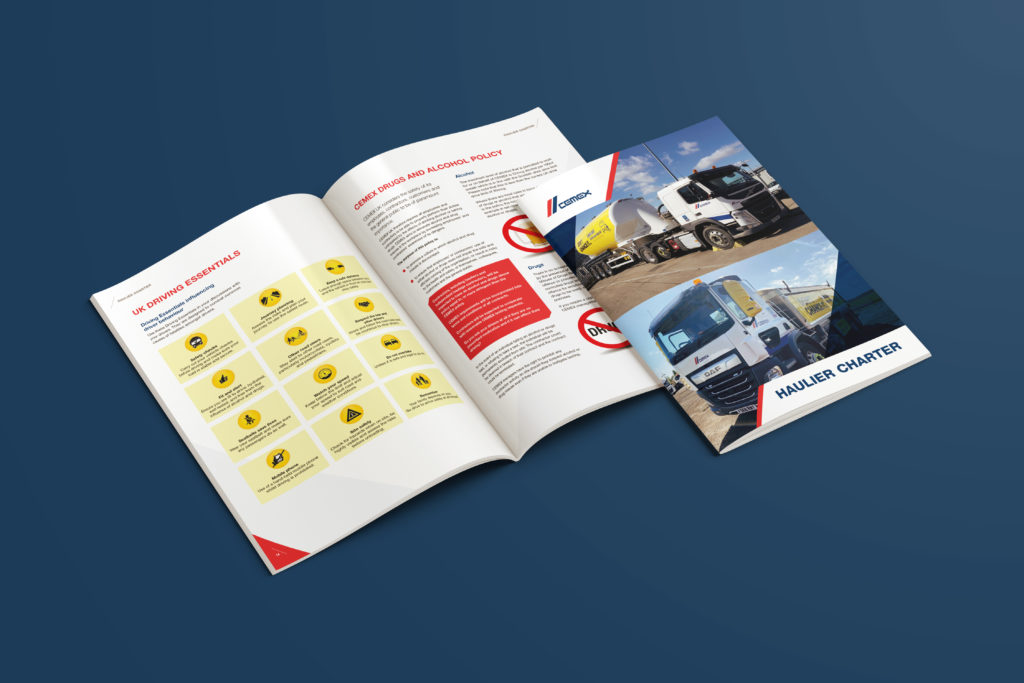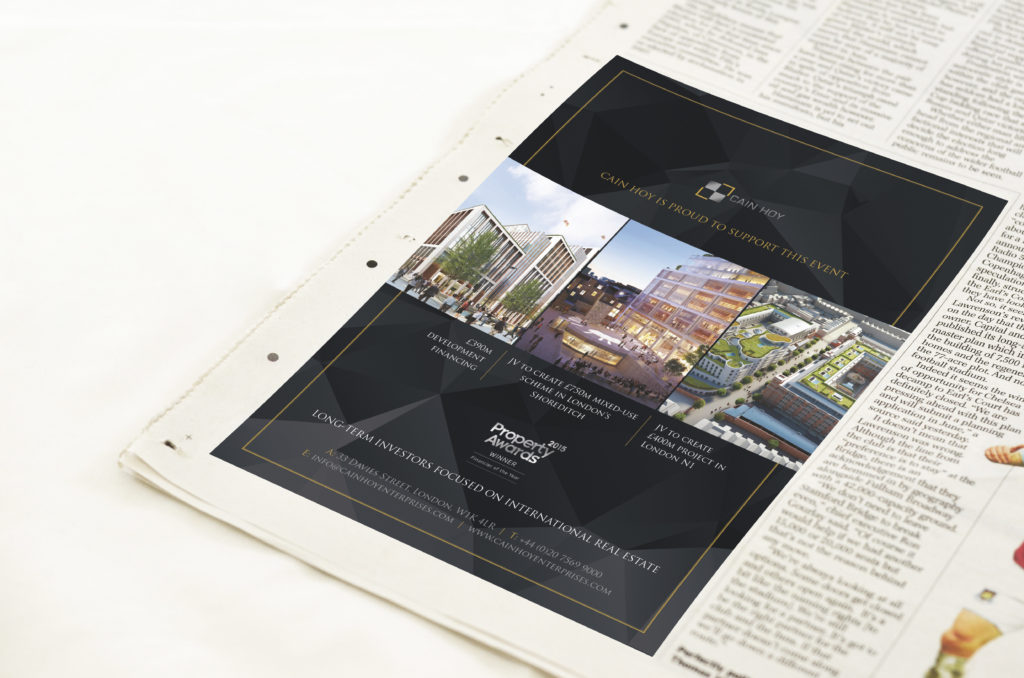Print Marketing Vs Digital Marketing: Which is better?
We’ve tackled the question facing marketers looking to invest their budget; print marketing vs digital marketing, which is better?

In the past few years, we have seen print marketing taking a backseat. This became ever more apparent during the peak of the pandemic where the concern of cross contamination, spreading the virus and the closure of many shops due to lockdowns caused many companies to speed up their transition to digital.
We have seen big companies such as Argos and Ikea make this move to digital only catalogues, but print marketing is far from dead.
But, a common question is, which is better? Print marketing or digital marketing? For this we need to compare the two mediums.
Print Marketing vs Digital Marketing
Print marketing
Of the two, print marketing has been around for a considerably longer amount of time. In fact, we can trace its roots all the way back to the 15th century and the invention of the first printing press.
Since then, print has evolved throughout the centuries and with the mass production of newspapers and magazines came more ways to promote your company and products/services on a wider scale.
Print is still evolving
Print may have seen a large reduction in the last few years but that doesn’t mean it isn’t still changing and evolving as technology advances.
In the past few years, we have seen AR (augmented reality) bring to life adverts from a page or billboard with the use of a phone and a simple computer-generated barcode. We have also seen the cost of printing reduce due to advancements in printing methods.

Print marketing captures your attention
With digital marketing, a user must be looking at their phone or similar small screen device. However, print is everywhere.
Look around town; posters, leaflets, billboards, all trying to sell you a service or product, and all succeeding at capturing their audience.
Print marketing is a great way of capturing people on the streets or certain audiences and is an important part of any ground or guerrilla marketing campaign.
Print marketing has higher brand recognition rates
According to a study conducted by a neuromarketing firm in Canada, brand recognition is 70% higher among those given the print piece compared to digital.
But, what does that mean?
It means that when someone picks up your leaflet, brochure, flyer, or other printed media, they are more likely to remember your brand than if they were looking at your website.

Print ads are trusted more digital
Look on any computer and you will likely see a whole host of ad-blocking programmes to prevent pop-ups and adverts appearing on websites.
This shows a distinct mistrust in online adverts, which isn’t surprising when we have hackers attempting to lure you in with false promises. With digital advertising it is difficult to know which adverts to trust.
However, with a print ad, what you see is literally what you get. There is no potential malware lurking to catch you unaware or concern about the legitimacy of the adverts.
In fact, in a consumer survey, 42% of respondents replied that print advertising was either somewhat or very trustworthy. This is compared to only 29% who answered the same for search engine advertising, and a meagre 18% who trusted internet websites. This is proof that consumer’s trust is still very much geared towards the print medium.
Digital Marketing
Digital marketing, compared to print, is a much more recent phenomenon.
But due to technological advancements and more recently the pandemic, digital has been brought to the forefront of marketing for many companies.
From websites and blogs to social media and online ads, the world of digital marketing is an expansive platform and is constantly changing the way we promote and advertise.
Digital Marketing is easier to track and report on
In this competitive, driven age, being able to track ROI is a big part of many campaigns.
Managers and companies want to see where they are making money and where they are lacking behind. With digital marketing this is much easier to do with tools such as Google Analytics. It is very difficult to track a leaflet or brochure once it has left the printer.

Digital marketing has a wider reach
With print marketing you can advertise anywhere from shopping centres to cinemas, but with digital marketing the IoT is your playground. You can advertise anywhere and everywhere and reach more audiences, faster than you could ever do through print.
Instead of being able to reach the population of a city with flyers, you can reach populations of countries or continents if you wish through advertising.
But at the same time, you can still narrow down your target audience to your preference and continue to reach a wider market than you could do in print.
Viral opportunities with digital marketing
With digital marketing, create one clever meme, one funny TikTok or have that one influencer who posts about your products in an engaging way and your brand could blow up overnight and become viral.
By having share buttons on each of your posts on all platforms you are encouraging others to share your content, which if they like it, they will.
Going viral not only means the potential to be seen by millions more people but also to elevate your brand in a short space of time, something print wouldn’t have the ability to do.
Digital is also leading the way in increasing the popularity of print, with clever billboards, posters and newspaper campaigns shared online and on social channels.
Highly Cost Effective
Whilst the price of advertising is rising on platforms such as Google and Facebook due to competition, the cost of utilising digital marketing is still often lower than print marketing. With digital you don’t need to factor in printing or distributing costs which considerably lowers the price.

Social media plays a big part in digital marketing
We couldn’t talk about digital marketing and its benefits without discussing the giant platform of opportunity that is social media.
In fact, according to the Global Web Index, 54% of social browsers will use social media to research products which shows that promoting your company through these platforms can be very beneficial, something which print simply can’t offer.
Social media is another platform which is relatively new in the scope of marketing but has become a major player when it comes to marketing opportunities and tools.
So, with all points considered, who comes out on top, print or digital marketing?
Print Marketing vs Digital Marketing; Which is better?
Each side has its pros and cons as you can see from the above. Digital marketing is often cheaper with a wider reach, whereas print is trusted more and still evolving after over 500 years. The truth is, there is no competition, print and digital both have their places in marketing campaigns.
Print builds strong brand connections and trust, where digital extends that reach and supports the branding through websites, social platforms, and other tools.
Some of, the best campaigns are made up of a combination of print and digital. These two complement each other perfectly to cover all bases and create a successful campaign.
Merging the two effectively
If you take the best aspects of each marketing tool and apply it to your campaign you will see the difference when compared to running a solely digital or print one.
For example, by utilising AR codes, you can distribute printed adverts PLUS track the results through the code. You can also boost your online presence through print. Ensuring your print and digital reflect the same branding and values, these two together are unstoppable.
Don’t believe us? Try combining the two in your next campaign and see what happens.
ABOUT GENERATE UK
Generate growth through marketing with an award-winning, full-service digital marketing agency.
Our goal is to help businesses understand the true value in digital marketing and set out to help those businesses develop and implement new technology and processes to deliver a marketing strategy in line with their goals.
Contact us today to find out how we can help you.